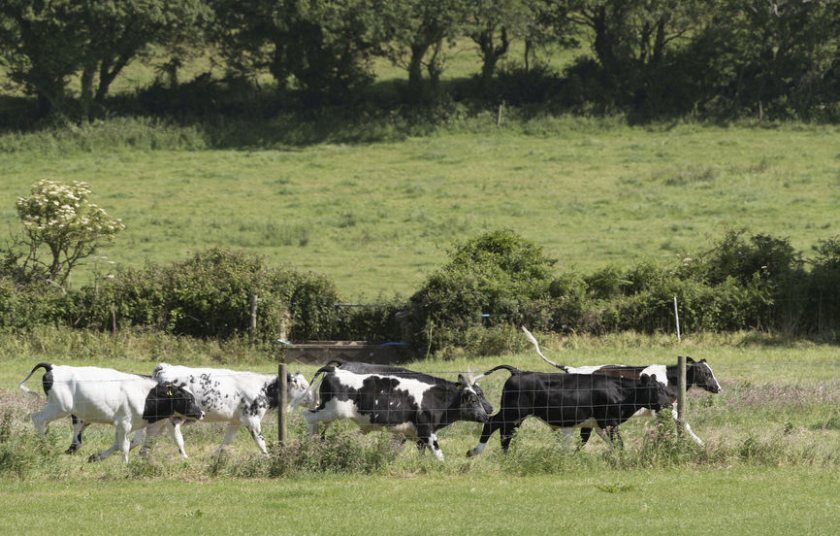
On-farm injuries are more likely to happen through interaction with livestock than other operations, according to new research.
The study of a small group of farmers in Denmark also found that the risk of injury on cattle farms is three times higher than on pig farms.
Noha Mahmoud, a postgraduate researcher from Scotland's Rural College (SRUC) and Aarhus University, developed a method to estimate the risk of injuries during different agricultural operations.
This method, which divided the production system into a number of operations and used expert assessment to estimate the risk of injury in each, was applied to two production systems – cattle and pig farms in Denmark.
The aim was to predict the risk of injuries during future farming practices and identify the impact of multi-dimensional interventions – including engineering solutions, policy changes and educational programmes - in reducing these.
The study, which was published in the Sustainability journal, found that the type of injury varied considerably between different operations on cattle and pig farms.
Crushing, falling, cutting and poisoning were considered the most common types of injury on livestock farms.
Crushing injuries were estimated to be more frequent on cattle farms, with the risk greatest during milking, and during the movement and treatment of animals on both types of farms.
Falling injuries were frequent during the repair of buildings on both cattle and pig farms, as were poisoning incidents – including asphyxiation - relating to manure management operations.
Noha said explained that agriculture was one of the most dangerous working environments globally, despite technological advancements made in the industry.
“This has high adverse socio-economic effects on farmers and societies and there is a need for innovative approaches to enable implementing effective preventive interventions," she said.
"The method developed as a part of this research allows for the collection of detailed data on agricultural production operations and an assessment of the likely impact of changes in agricultural production operations.
"This enables the risk of injury to be linked to separate operations and provides the necessary knowledge for prioritising interventions to reduce that risk, to improve the sustainability of agricultural development.”
The latest figures by the Health and Safety Executive (HSE) show there were 20 fatal injuries to UK agricultural, forestry and fishing workers in 2019/20.
